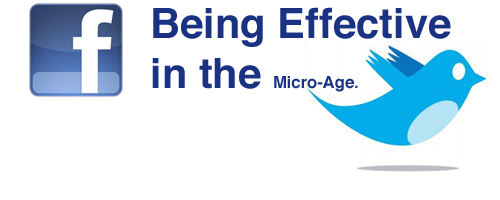As it is on the horizon for many J-students out there (myself included), I set about trying to imagine what an interview might look like for someone interested in become a journalist. The basics, I imagine, haven’t changed much over time: Do you have a degree? Yes. Have you been published? Yes. There is an obligatory looking-over of the interviewee’s experience. And what else?
It is that what else that I believe is the new criteria for getting hired and becoming a journalist today. Something that transcends newspapers clips and internships. A new buzz words that is prevalent in the conversation about the changing journalism landscape but oddly absent from the J-classroom. And that what else is entrepreneurship.
Is entrepreneurship a teachable skill in a J-classroom? There are several universities that have attempted to make this future a present. CUNY and Berkley have new courses in entrepreneurial journalism. Also, Arizona State has a new Knight Center for Digital Media Entrepreneurship are some notable attempts to teach students to blaze their own trails to rise to the top of the competitive landscape.
Deborah Potter, in her web article, “Journalism Entrepreneurship” said “One other point about journalists as entrepreneurs: it’s not just about learning the business side or starting your own business. Entrepreneurship also means thinking independently and marketing your stories.”
Thinking and acting independently, encouraging students to make and market their own content (independent from their J-class work), and learning and understanding the media machine, encompasses the idea of entrepreneurship in budding journalists.
Acting independently isn’t something prevalent in the J-classroom, as has been my experience. The highly structured nature of the curriculum doesn’t leave room to explore the world beyond the syllabus. Encouraging students to observe their world and think about not just the story, but the structure of the story. How is this story most compelling? Is it a Soundslides? Should it be a data table or a graph? What is the audio I can collect?
Whether or not these questions are present in the J-classroom, the second step is where the classroom is failing the student. J-classes must encourage student to market their own word. Why is this piece new and creative? Where would there be a need for a piece like this?
Specialization of work and proper marketing can be the difference between a story that we turn in to our professors for a good grade and a story that gets the notice of an established webzine or newspaper. Professors must make this push; they must push students to think about how their work is distinct and whom to share their work with.






